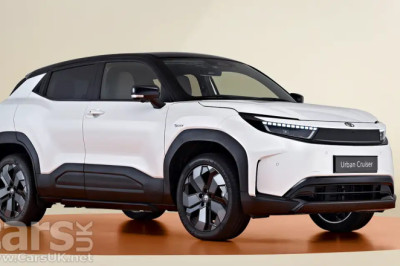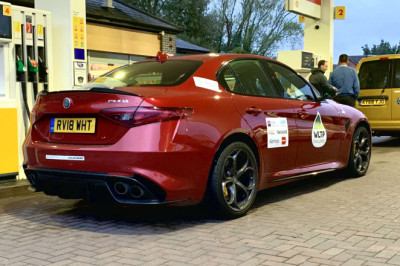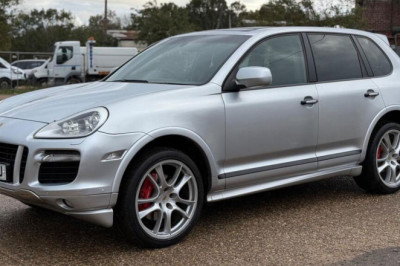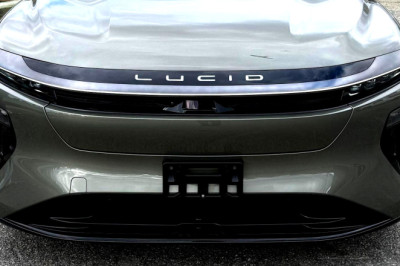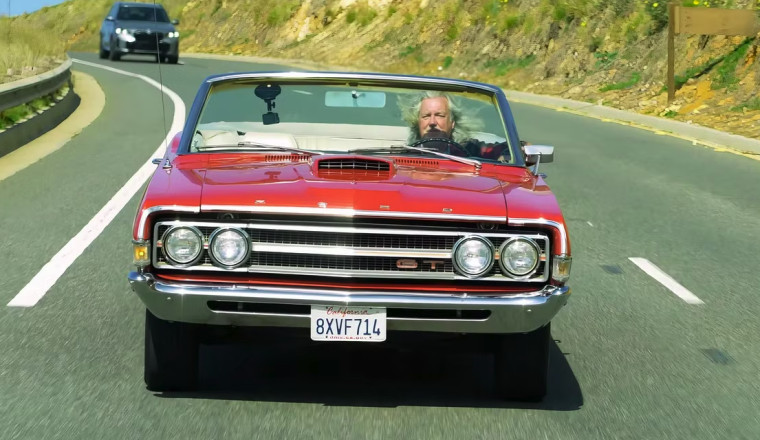
James May’s drive in the 1969 Ford Torino Convertible perfectly captures what made American muscle cars and their V8 engines special in the late ’60s. Unlike sharp, precise European cars, the Torino is big, soft, and a bit “baggy” with a loose-feeling steering setup. James describes it like “a piece of very old furniture” — not because it’s bad, but because it has a relaxed, easy-going personality.
The Torino wasn’t about speed or razor-sharp handling; it was made for laid-back cruising. Under the long hood sits a 351 cubic inch (5.8-liter) Windsor V8 — a powerful engine by any measure and much larger than typical European motors of the time. This V8 gives the car its signature rumble and low idle vibration, making the whole car feel alive even just sitting still. For May, that noise and shake are part of the charm — it’s raw, honest, and unmistakably American.
Driving the Torino with the top down evokes a feeling of freedom from a simpler era, before computers and electronics took over cars, when everything could be fixed with wrenches and a good ear. Even though May points out the soft suspension and slow acceleration, he doesn’t criticize it; he appreciates the Torino for what it is — a comfortable, classic cruiser that invites you to relax and enjoy the ride.
This car wasn’t a muscle car in a strict sense — it was a midsize family car that came with five body styles. But its V8 was bread and butter in America at the time, known for being durable and long-lasting, even if it didn’t sprint off the line. James calls it “dog slow” compared to today’s standards but still values the easygoing character and the feeling of driving a genuine piece of American car culture.
His experience is a reminder of how different car culture was in the U.S. versus Europe around 1969: big engines, relaxed handling, and a focus on comfort and presence rather than sharp precision. Watching and listening to James May’s reflections on the Torino feels like an ode to a bygone era — when cars were straightforward, loud, and full of character.
In short, May’s drive in the ’69 Ford Torino Convertible isn’t about lap times or tech specs. It’s about enjoying the American V8’s soundtrack, the feel of the road, and a nostalgia for the good old days of motoring. It’s a reminder that sometimes a great drive is about the atmosphere and emotion — not just the numbers.
This is exactly the kind of genuine, human experience that James May brings to the table, showing that not every great car has to be complicated or fast to be unforgettable.








